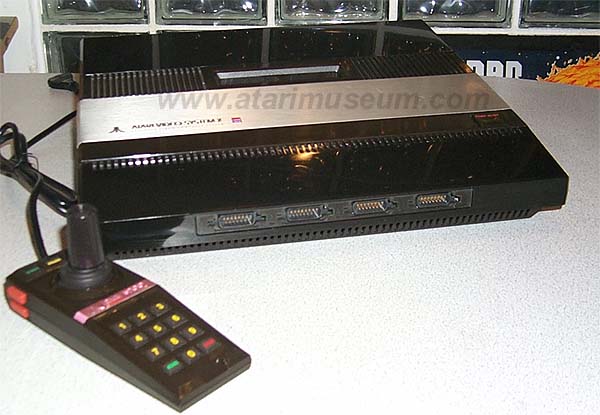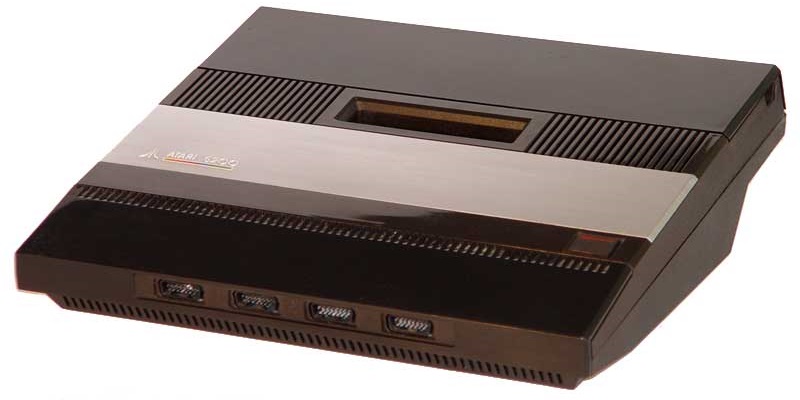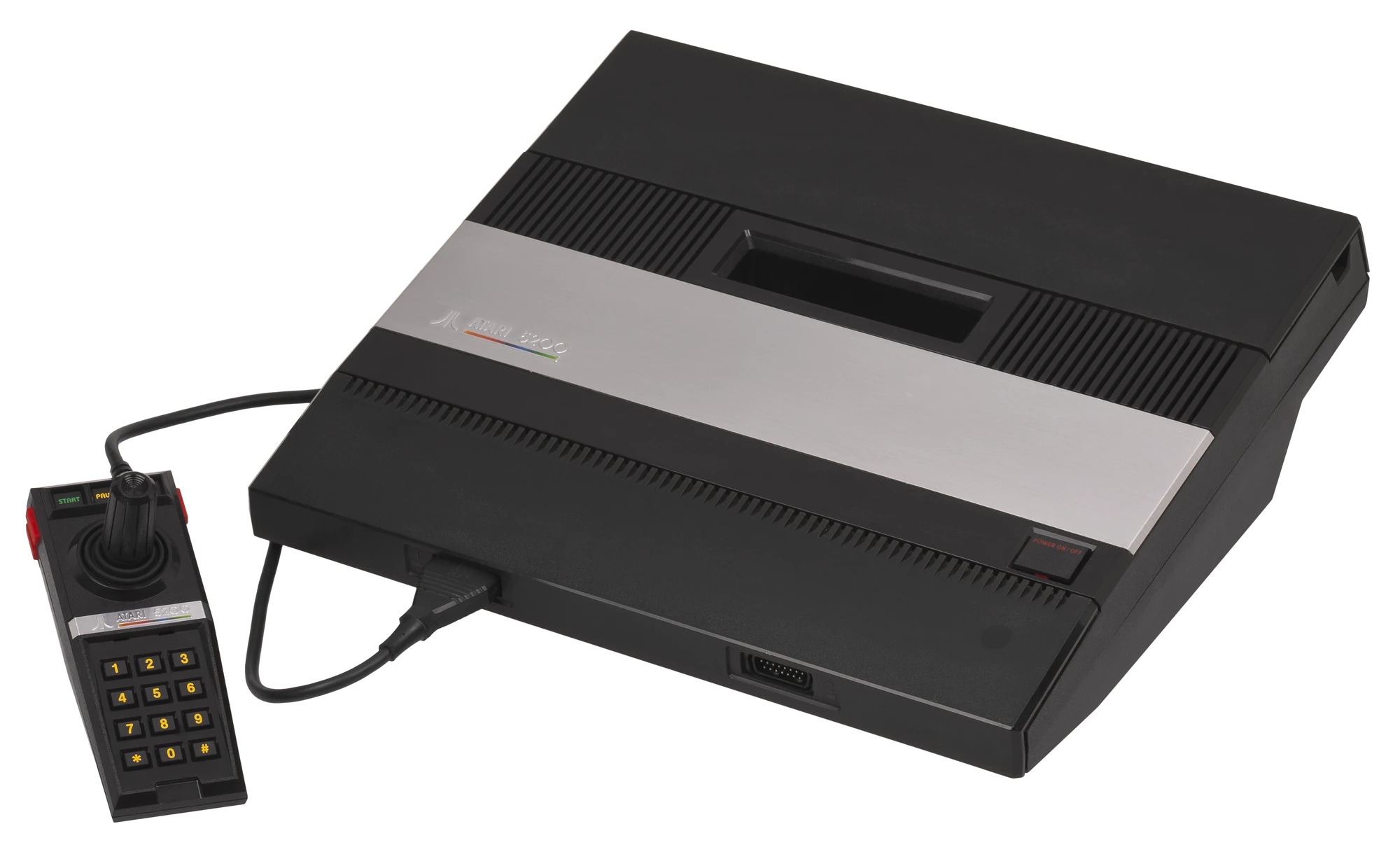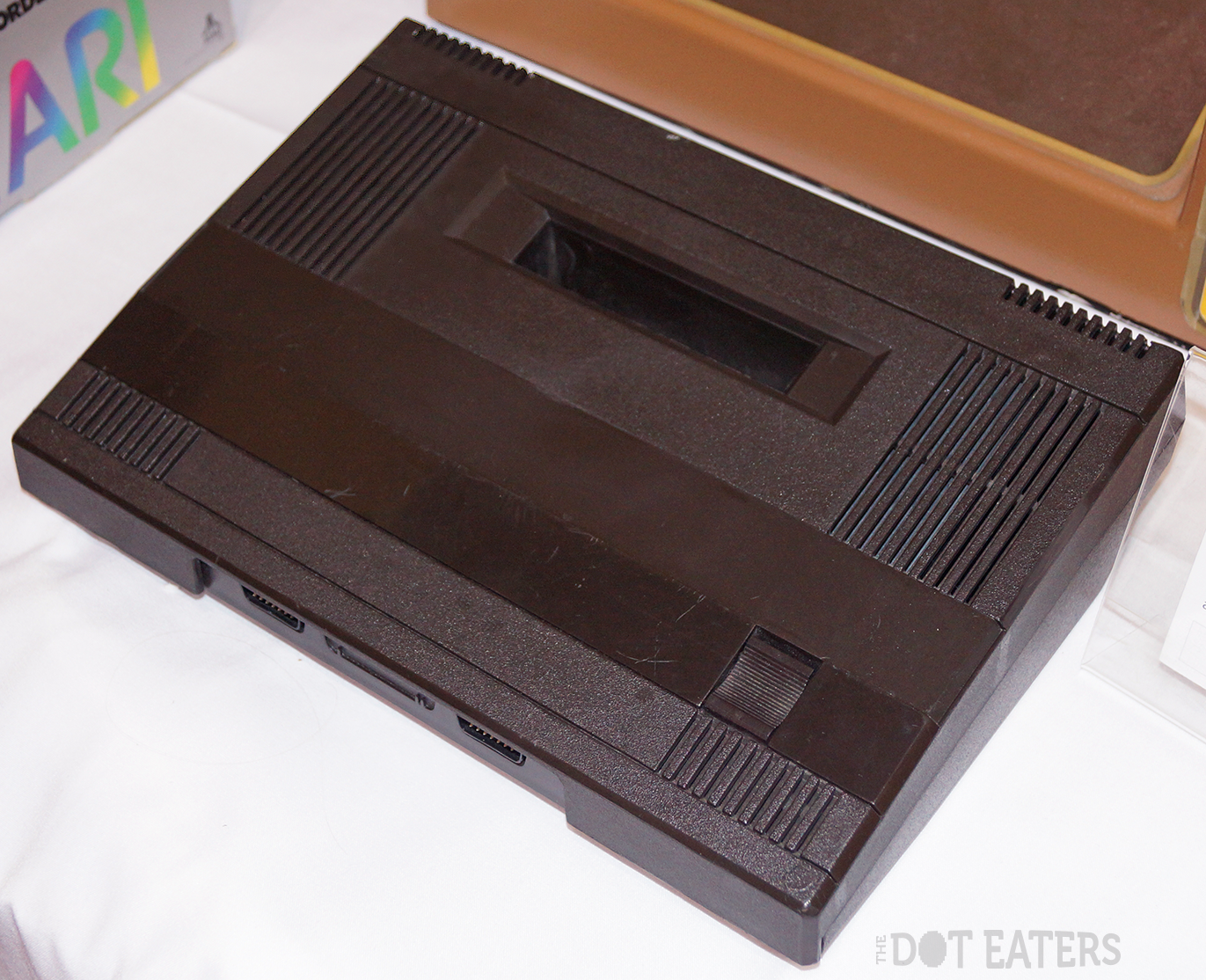Doubled Up
During development of the 2600 in 1976, Atari's engineering team predicted it would become outdated within the next three
years. That year, Atari founder and CEO Nolan Bushnell sold the company to parent Warner Communications so he had money to
finish and release the new console. Soon after, they explored designs for a brand new, more sophisticated game console that
could succeed it by 1979. The plan, originally, was for one machine to be more of a game console than a home computer, while
the other would actually be a home console. As new chips were being developed for it and when they were completed in 1978,
Warner picked Ray Kassar to be CEO of Atari. Ray believed the new chips would be best implemented in a new home computer to
challenge the "1977 Trinity" of microcomputers (the PET, TRS-80, and Apple II), which have already been on the market. These
machines were more expensive and had higher profit margins, yet inferior hardware, so Atari decided to apply their new tech
into their 400 and 800. Fast forward to the early 1980s, where they faced the same predicament in the console market, as
Mattel's Intellivision and Coleco's ColecoVision boasted superior graphics and sound to the 2600. Atari took a similar
approach of creating a new console, but this time with existing architecture to base it off of.

The result was the Atari Video System X - Advanced Video Computer System, codenamed the 3200. The concept design that was
unveiled had eight buttons on it. I don't know what they would've done, but they may have functioned like the switches on
the 2600. The controllers lacked keypads, making them shorter, but still the same general shape as the final's. They also
appear to be plugged in or hardwired to the back of the console. Anyway, the programmers at Atari found it too difficult to
code games for it, so it was scrapped.
Eventually, a new prototype was built, named "Pam", after one of its engineer's crushes (wtf?). It was actually an acronym
for "Personal Arcade Machine", which is fitting when you think about, for example, how closely the 5200's Pac-Man port looks
and functions to the arcade original, compared to the 2600's.

The concept design for this version of the Video System X was unveiled, and it looks WAY closer to the final release. The
most obvious difference is the logo having the aforementioned early name, along with weird combo of red, blue, and purple
rectangles of varying thicknesses next to it. Its controllers also match the final version a lot closer except the "*" and
"#" keys have "Atari" in green and red text, respectively.
Its initial release as the 5200 in November 1982 prompted a re-release of the VCS as the 2600, in part to emphasize it being
more powerful than the older machine.
The 5200 initially came with four controller ports, which was impressive considering most other systems at the time had one
or two. Hooking it up was an ANOMALY among all game consoles then and now. It used its own TV switchbox, which automatically
switches between the TV and console signal when turned on, unlike manual ones. Next, the power supply connects to the
switchbox. Then, there's one separate wire from the back of the 5200 that acts as the power AND TV signal carrier, also
plugging into the box! That's when the box connects to the TV.

But Atari knew they screwed this up royally so in 1983 they released a two-port version that had a way more conventional
hookup system. Its controllers used 12-key keypads with two more fire buttons on each side. The top had an analog joystick
and three buttons that read "start", "reset", and "pause". It's worth mentioning that the 5200 was one of the first home
game consoles to implement a pause feature, but it didn't work the way we're used to. Rather than just pressing the button,
holding it down would keep the game paused until you let go.

Atari also planned a smaller, more-compact version codenamed the 5100, but it would never materialize.

The Atari 5200 was unsuccessful for four major reasons: First and foremost, it was incompatible with the vast library
of 2600 games, requiring a special adapter. Making this console compatible with the predecessor's games from the start
would've saved consumers from having to buy another separate system. Secondly, the controllers. Not only were they too
complex for most of the games (except for games like Star Raiders), but the non-centering joysticks is a massive issue.
Normally, joysticks center on their own when you let go, like the 2600's. With the 5200's, you basically had to center
them manually. Even then, they may never center perfectly again with basic wear and tear, rendering the controller
useless. Third, the timing. When the 5200 came out, E.T. was due to come out for its predecessor, which was billed by
many as a catalyst for the video game crash of the next couple years, when video games became looked down upon. Lastly,
the aforementioned insane hookup process was needlessly complex and unreliable.
It was discontinued on May 21st, 1984, with only 1,000,000 units sold.

 The result was the Atari Video System X - Advanced Video Computer System, codenamed the 3200. The concept design that was
unveiled had eight buttons on it. I don't know what they would've done, but they may have functioned like the switches on
the 2600. The controllers lacked keypads, making them shorter, but still the same general shape as the final's. They also
appear to be plugged in or hardwired to the back of the console. Anyway, the programmers at Atari found it too difficult to
code games for it, so it was scrapped.
The result was the Atari Video System X - Advanced Video Computer System, codenamed the 3200. The concept design that was
unveiled had eight buttons on it. I don't know what they would've done, but they may have functioned like the switches on
the 2600. The controllers lacked keypads, making them shorter, but still the same general shape as the final's. They also
appear to be plugged in or hardwired to the back of the console. Anyway, the programmers at Atari found it too difficult to
code games for it, so it was scrapped.
 The concept design for this version of the Video System X was unveiled, and it looks WAY closer to the final release. The
most obvious difference is the logo having the aforementioned early name, along with weird combo of red, blue, and purple
rectangles of varying thicknesses next to it. Its controllers also match the final version a lot closer except the "*" and
"#" keys have "Atari" in green and red text, respectively.
The concept design for this version of the Video System X was unveiled, and it looks WAY closer to the final release. The
most obvious difference is the logo having the aforementioned early name, along with weird combo of red, blue, and purple
rectangles of varying thicknesses next to it. Its controllers also match the final version a lot closer except the "*" and
"#" keys have "Atari" in green and red text, respectively.


